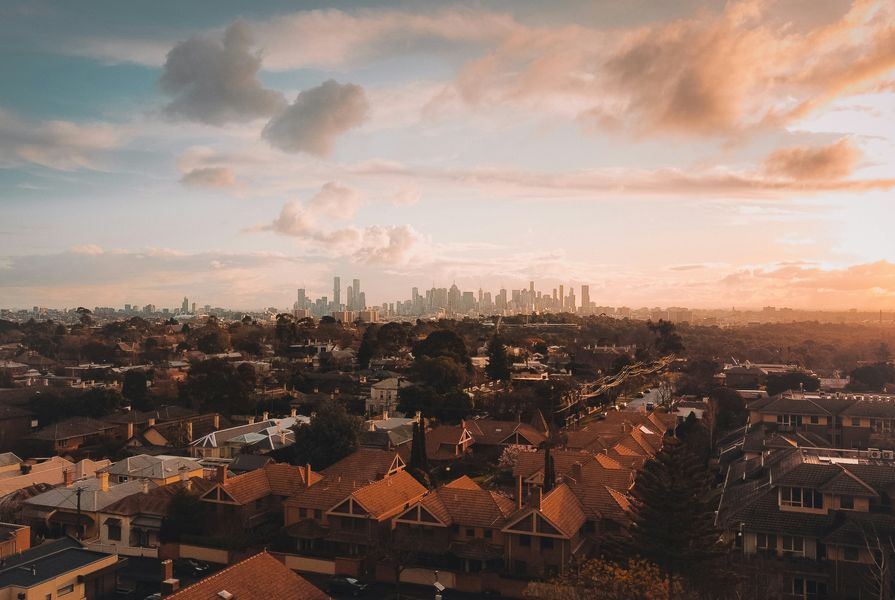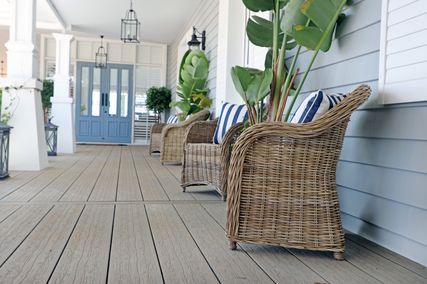Talk of increasing the supply of housing to increase housing and rental affordability is only pedalling private financial interest and obfuscating the real problem.
During a recent appearance on the ABC’s Insiders program, the Australian Greens’ housing spokesperson, Max Chandler-Mather, cited the figure of more than 1 million vacant homes to argue the Greens’ case for curbing negative gearing and tax concessions for property investors.
Since then, media pundits have picked through the latest (2021) Census numbers in an effort to discredit his argument, all the while letting the “more supply” argument proliferate unchecked. And while the Member for Griffith may be overstating the numbers, he is not wrong in asserting that “we have enough homes for people to live in.”
Let’s do some primary school maths. According to the Census, there were 1,043,776 unoccupied homes on Census night. If we apply the SGS Economics and Planning analysis of the 2016 Census to the 2021 data, 43.6 percent of homes were empty simply because the residents weren’t there, 22 percent were empty because they were holiday homes, and 10.6 percent were empty rentals. This still leaves 23 percent – or 240,066 homes (A) – with an unidentified reason for being empty.
According to the Australian Institute of Health and Welfare, in June 2022, there was a total of 188,300 households (B) on the waitlist for public and social housing.
If we subtract B from A, we find that the number of unexplained empty homes would more than accommodate those in need of accommodation, i.e. “we have enough homes for people to live in.” As for the 51,766 remainder, we’ll imagine these are unoccupied because they’re being renovated or land banked.
But wait, there’s more.
The Australian Housing and Urban Research Institute (AHURI) analysis of the 2021 Census data found 13 million unused bedrooms, with 76.8 percent of all private dwellings having more bedrooms than needed for typical sleeping arrangements, and 77.7 percent of residents aged over 74 having one or more spare bedrooms.
To attribute the crisis to supply issues is majorly oversimplifying the problem. Analysis by ABC finance journalist Alan Kohler found that dwelling approvals and commencements are consistently more than the number of dwellings required in the years between 2022 and 2025.
Yet, since 2022, house prices have continued to rise and rental vacancy rates have continued to fall. So why are we still saying, “Build more, build more, build more”? How many times are we going to keep doing the same thing, while expecting a different result? How many times are we going to economically model the supply-and-demand scenario before we accept that the assumptions are fundamentally flawed?
And build more of what, exactly? More oversized, underoccupied, resource-guzzling, featureless, poorly insulated iceboxes in places devoid of infrastructure and environmental, social and economic amenities? More dystopic highrise towers that both blight the landscape and mar skylines? Because that’s what seems to be on the table.
The ACT government wants to redraw the territory’s borders with New South Wales for a housing development on farmland. (As if the ACT has run out of terra firma and needs to take it from another jurisdiction!) All the while, Canberra has fewer medium and high-density dwellings than regional New South Wales. And in 2023, the South Australian government moved to fast-track new home building in greenfield areas, after also announcing the biggest single land release for housing in the state’s history – while Adelaide’s density is ranked 965 out of the 1040 cities in the world with a population of more than 500,000 people.
These plans should raise questions about who these homes will actually benefit, and whether they will be achieved without significant strain on resources.
Now, I’m not suggesting that the government should requisition private empty homes and bedrooms for public housing. (Although, maybe in an alternative utopia, a government-mandated housing redistribution system runs in parallel with the cat redistribution system.) But, at Australia’s current rate of construction, our greenhouse gas emissions are projected to reach 3.6 billion tonnes by 2050. Building more would only exacerbate the environmental problem and, so far, the only benefit from building more is greater tax concessions for the asset-rich, who in turn run a protection racket on said assets.
At best, the idea that increasing supply would alleviate the housing crisis is naive and overstated; at worst, it’s a complete misnomer that plays directly into the hands of those who lobby the hardest and stand to gain the most economically from untargeted residential development, while doing nothing to alleviate the problem.
Irrespective of which side of the “more supply” argument you fall on, there remains a chronic efficiency problem and untapped excess capacity within our existing housing supply. Hoarding 240,000 empty houses and 13 million empty bedrooms (not to mention holiday homes and land banking) in the middle of a housing crisis is like digging up more coal and gas in the middle of a climate and biodiversity crisis. They both need to stop.
Even the NSW Productivity Commission is calling for greater density in inner-city suburbs, lest Sydney become a “city with no grandchildren.” The commission’s recent report should be seen as a warning that we are approaching the precipice of a prosperity cliff. No grandchildren in the city means no future workers to look after the aging 75-year-olds with too many spare bedrooms, and no future consumers to prop up the economy.
Endless sprawl and “spreadsheets in the sky” proliferate because we have policy settings that allow them to – just as our tax policy settings have allowed the property sector to deduct more than it contributes. Optimizing urban density and addressing underoccupation in existing homes can and should be part of Australia’s policy arsenal to fix the housing mess that is one of the primary drivers of intergenerational inequity in this country.
Recent policy changes, such as the Western Australian government’s gazettal of the Medium Density Code and changes to Victoria’s granny flat rules, are positive signs that the policymakers are starting to steer us away from the precipice. But there’s plenty more that can be done.
Time and again, architects have proven that it is possible to design adequately sized homes in established suburban areas without offending the NIMBYs or causing their house prices to collapse. Houses with multifunctional spaces that facilitate multigenerational living, encourage connection with the neighbourhood and improve residents’ wellbeing. (And yes, that includes facilities for working from home, if that’s what you’re worried about.)
We already have the design solutions. All we need are the right policy settings to scale them up to benefit all Australians.
















